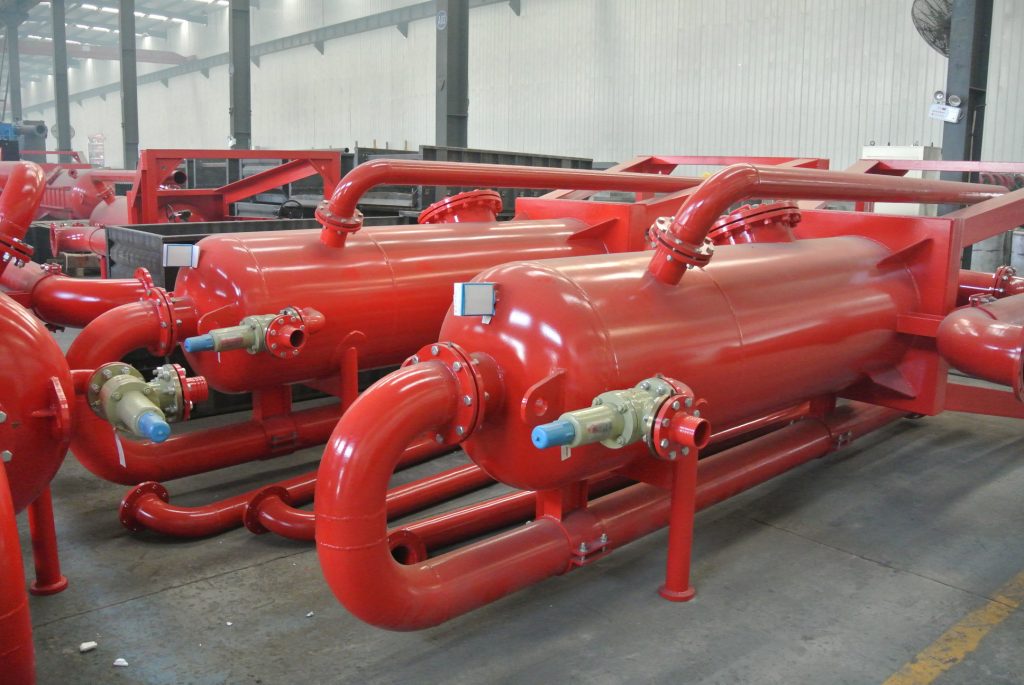Oil-based drilling cuttings refer to the solid waste generated by the contact between drilling fluid and formation rock in the process of oil drilling. Oil-based drilling fluid is a petroleum-based drilling fluid system used to cool drill bits, lubricate and suspend drilling cuttings while forming and maintaining formation stability during drilling. Because the drilling fluid is in contact with the formation, it carries formation rock debris, which is returned to the surface with the drilling fluid to form drilling cuttings.
The primary goal of treating oil-based drilling cuttings is to efficiently separate and recover drilling fluids for reuse while reducing negative environmental impacts.
After the initial recycling, the remaining solid cuttings are treated in the following ways:
Heat treatment: The cuttings are heat treated to remove residual drilling fluids and other contaminants. This can be achieved by pyrolysis, calcination or thermal desorption.
Chemical treatment: Cuttings are treated with chemicals to reduce the impact on the environment. For example, surfactants and solvents are used to clean the cuttings surface to remove grease and contaminants.
Curing/curing: The cuttings are mixed with the curing agent to form a strong solid block. This method can reduce the release of soluble substances in the cuttings and reduce the risk of pollution to the environment.

